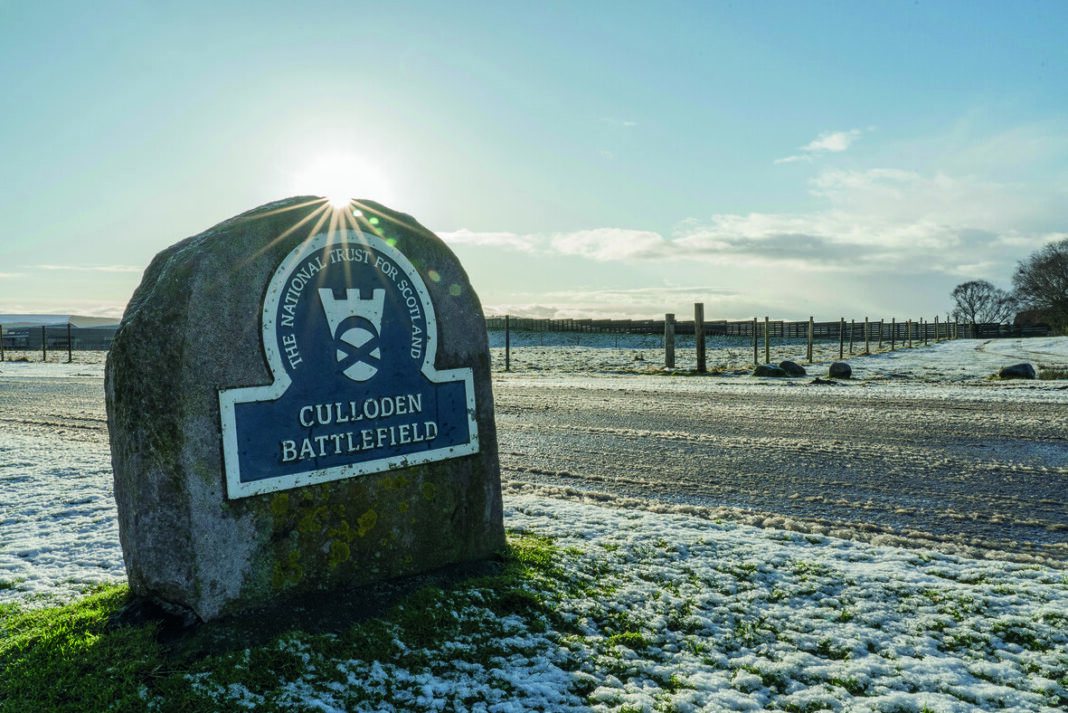
THE Highland Council has refused planning permission for the build of a house on the historic Culloden Battlefield.
The proposal would have seen the conversion and change of use of a redundant traditional stone built agricultural steading building to form a single detached dwelling house.
The National Trust had already objected to the build saying that it ‘represents a threat to the historic character’ of the battlefield.
Members of The Highland Council’s south planning applications committee rejected the application on the grounds that the proposed development is contrary to the following:
- Section 64 of the Planning (Listed Buildings and Conservation Areas) (Scotland) Act 1997 in that the application does not preserve or enhance the character or appearance of the conservation area as it relates to the battlefield.
- Policy 28 and 29 of the Highland-wide development plan (Sustainable Design) as the development development would have an adverse impact on the character of the battlefield inventory and conservation area, as it would neither preserve or enhance the appearance or character.
- Policy 57 of the Highland-wide development plan (Natural, Built and Cultural Heritage) as the application represents unacceptable impact on the natural environment, amenity and heritage resource of a site of both local/ regional and national importance.
- Scottish Government planning policy (2014) no. 149 as the application fails to protect, conserve or enhance key landscape characteristics and special qualities of a site in the Inventory of Historic Battlefields.
- Policy 1 of the planning policies of the Culloden Muir Conservation Area as the application does not overcome the presumption against all development within the designated battlefield and would not “result in a development commensurate with the principal designation of the site as a Battlefield.”
- Policy 8 of the Culloden Muir Conservation Area as it fails to overcome the presumption against any development which is likely to have adverse impact on the setting of important historic environment assets.








